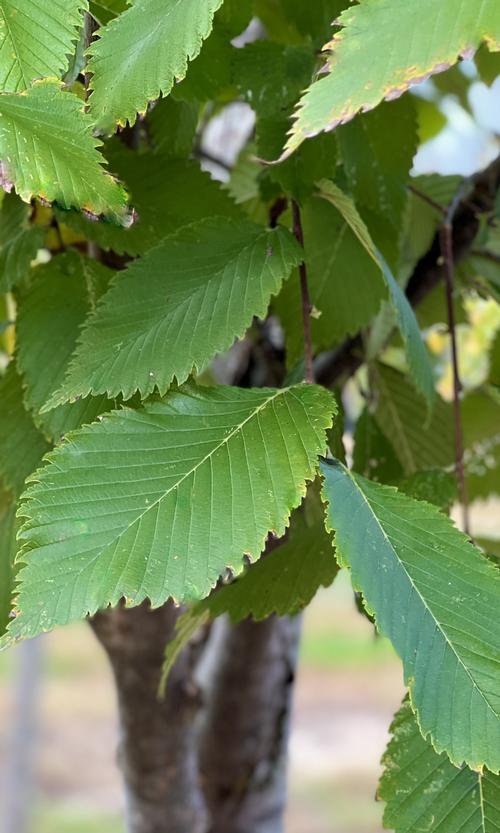

Ulmus americana 'Jefferson'
Jefferson American Elm
'Jefferson' was originally selected by the National Park Service (NPS) from approximately 600 elms planted in the National Mall in Washington, DC in the 1930's for disease tolerance and exceptional horticultural characteristics. It has demonstrated a high level of tolerance to Dutch elm disease. It has the classic American elm vase shape and an expansive crown, dark green leaves that develop early in spring and last late into autumn.
American elms are host plants for several butterflies and seeds are eaten by songbirds and small mammals. The tree provides nesting sites for songbirds and cover for wildlife.
- Vase-shaped with arching limbs
- Native with yellow fall color
- Resistant to Dutch Elm Disease
Growing & Maintenance Tips for Ulmus americana 'Jefferson'
Adaptable to a wide variety of soil conditions and pH. American elms tolerate numerous environmental stresses including deicing salts, drought, and air pollution.
